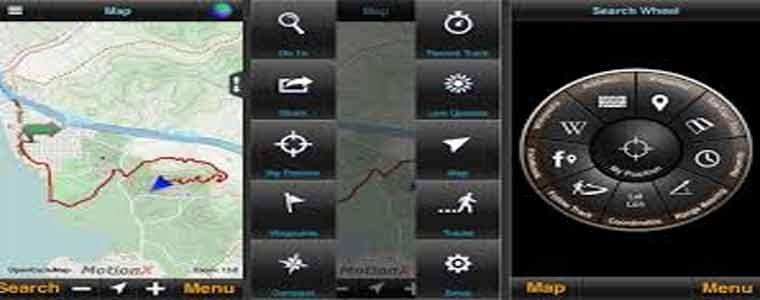How to Build an Admin Dashboard with Bootstrap
Bootstrap is an incredibly popular HTML, CSS, and JavaScript framework that makes it easier to build responsive, mobile-first websites and web applications. This tutorial will teach you how to build a Bootstrap admin dashboard within less than 5 minutes—no coding required! Ready? Let’s get started!…etc…
Step 1
Install Bootstrap – Create a new folder called myAdmin in your root directory. Open up that folder and install bootstrap into it by typing: gem install bootstrap –no-ri –no-rdoc. If you have already added all of your other gems to your Gemfile, you will need to run bundle install for both ‘bootstrap’ and ‘bundle’. The –no-rdoc switch tells bundler not to include any rdoc documentation for bootstraps classes/methods. This saves us quite a bit of time when building our admin dashboard as it removes some unnecessary build time.
Step 2
Create your basic toolbox of templates and components. Once you know what topics you’re going to write about, it’s time to create a basic toolbox of templates and components that you can use in future posts. This saves time by making sure that every post has headers, footers, photos, etc., so there is very little coding involved after initial setup. The more templates you have for different parts of your site, the easier it will be when writing each new post.
Step 3
Provide a basic structure for your professional post. Highlight ideas from your outline by placing them in a simple format in your post. This makes it easier for readers to locate and understand your content. It also allows you to focus on putting out a better product without getting distracted with writing problems.
Step 4
Write Your Post Now that you have your title, description, keywords and tags, it’s time to write your post. If you do not know how or are unsure of what to write, use our post templates for inspiration. To save some time, paste your notes into your text editor now so that they are ready when you begin writing. Our recommended content length is between 700-1000 words for general interest blogs and less than 700 words for niche topics (to match Google guidelines). This may be shorter or longer depending on whether or not there is enough support material for additional content or if extra research is needed. Begin writing sentences that include each keyword listed in our search suggestion.
Step 5
Test your content by searching for a specific term related to your subject. You can use a tool like Yahoo or Google, or you can type a test sentence into Google’s search bar and look at what comes up.



